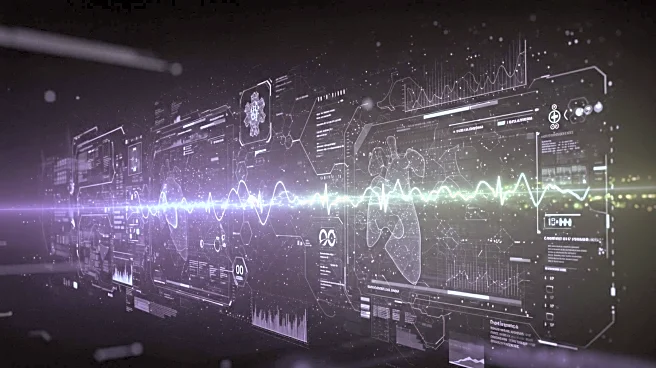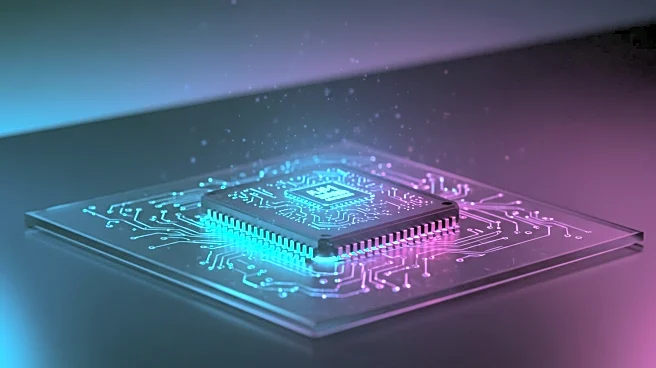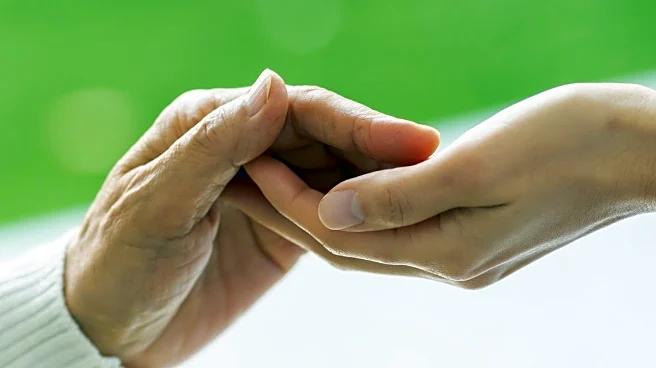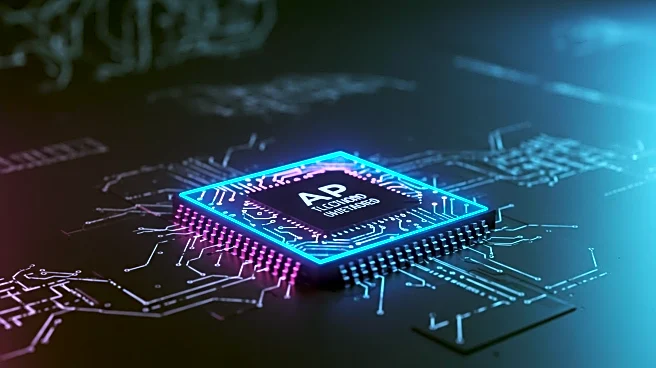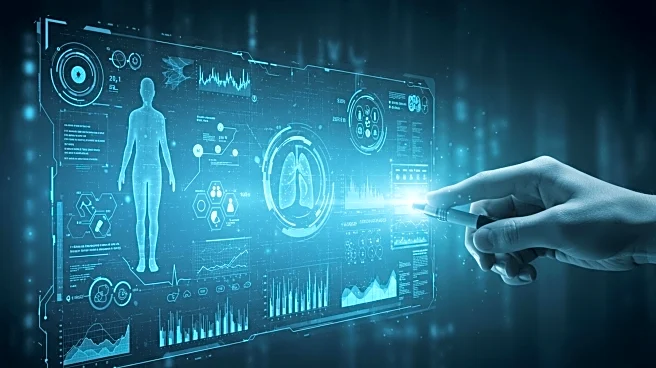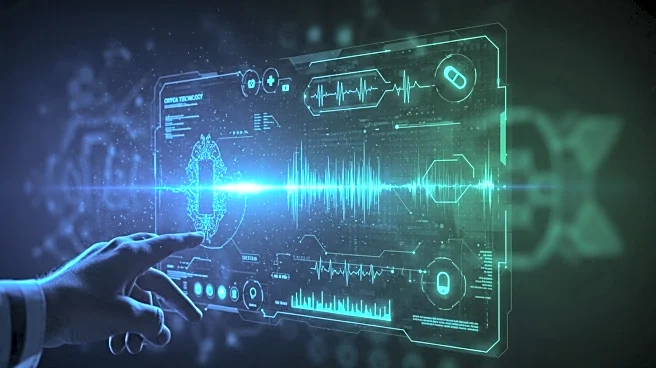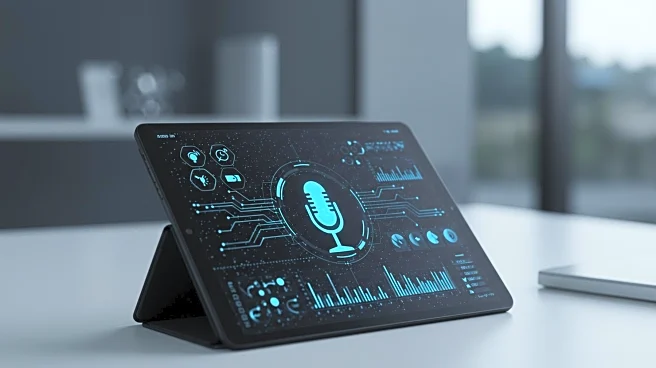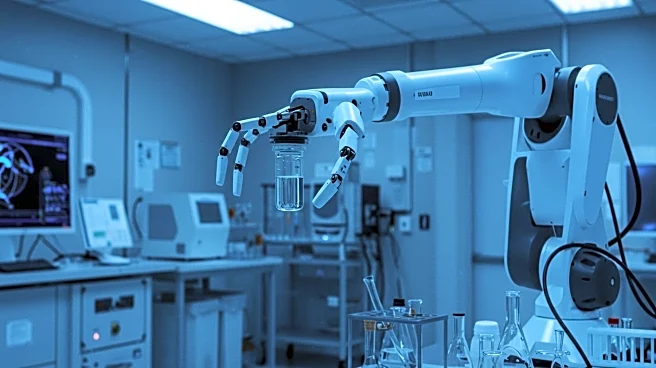Rapid Read • 7 min read
Dr. Jae-Eun Lee, CEO of bitsensing, highlights the growing issue of sleep problems, described as a 'global epidemic.' Traditional polysomnography tests, used to diagnose sleep disorders, require numerous sensors and are conducted in sleep clinics, which can disrupt sleep. Radar technology offers a less intrusive alternative, capable of detecting movements, heart rate, and breathing without physical contact. This technology, combined with AI, provides detailed insights into sleep quality, stages, and disorders like sleep apnea. Radar sensors can be used at home, ensuring privacy and comfort while delivering accurate data to healthcare providers.
AD
Sleep disorders affect a significant portion of the U.S. population, impacting overall health and wellbeing. The introduction of radar-based, no-contact sensors represents a major advancement in sleep health monitoring. These sensors offer a non-invasive, privacy-protecting solution that can be integrated with IoT devices for enhanced patient care. By providing accurate sleep data, healthcare providers can better diagnose and treat sleep-related issues, potentially improving outcomes for conditions like depression and anxiety. This technology also holds promise for elder care, offering discreet monitoring and emergency alerts.
The use of radar technology in sleep monitoring could lead to broader applications in healthcare, such as tracking respiratory conditions and enhancing patient safety. The integration of AI with radar data allows for personalized sleep assessments, which could revolutionize how sleep disorders are diagnosed and managed. As technology advances, these sensors may become standard in homes and healthcare facilities, offering continuous monitoring and improving patient care.
AD
More Stories You Might Enjoy
